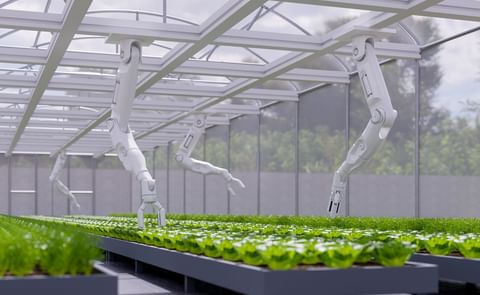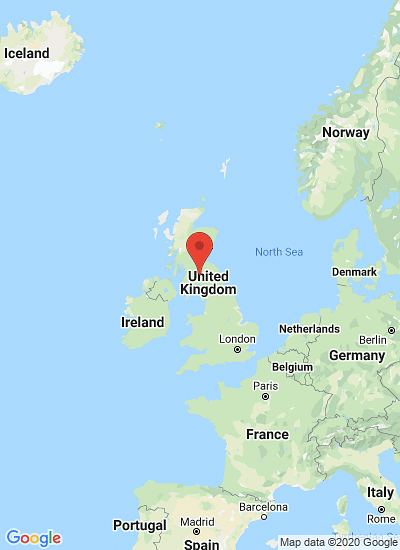Seabrook Crisps is looking to develop a second factory within the next five years.
The company, which in the last three years has become the UK’s fastest growing potato crisp brand supplying all major supermarkets, intends to have a second factory up and running by 2015.
The new site is likely to be in the Midlands or the south of England to enable easier distribution.
Managing director John Tague said no timescale for developing a new factory had been finalised, but a second production base to handle an expanding range of products would be needed within the next five years.
He said £5.2m had been invested in the Bradford factory over the past two-and-a-half years, including the first robotic packing machine of its kind in the UK snacks industry.
He said: “We have ambitious plans and intend to widen our crisp range, including some innovative new products.”
“We currently use another crisp maker to handle extra capacity, but a second factory will be needed.”
- News
- Chips and Snacks
- Seabrook Crisps planning...

July 25, 2010
Source
Like to receive news like this by email? Join and Subscribe!
NEW! Join Our BlueSky Channel for regular updates!
Related Topics:
Highlighted Company
Related News

June 18, 2025
Frito-Lay Rancho Cucamonga Snack Plant Shuts Down After 50 Years
Frito-Lay has ended manufacturing at its Rancho Cucamonga snack plant after 50+ years, affecting potentially hundreds of jobs. While some operations remain, many workers were laid off, with limited transfer options and undisclosed severance details.
June 07, 2025
Taste of Maine potato chip plant under construction in Aroostook County
A 96,000-square-foot potato chip plant is under construction at the former Loring Air Force Base in Limestone. Owner Bruce Sargent says he expects the plant to be open by April 2026.
June 07, 2025
Crunch Time: How Potato Snack Brands Are Battling for Market Share
The potato snack aisle is a battlefield-crammed with crisps, chips, fries, and a dizzying array of flavours. With global market revenues expected to reach over USD 126 billion by 2034 and a steady 3% annual growth rate, it’s clear that competition is fierce and only getting hotter.Latest News
Sponsored Content
Sponsored Content
Sponsored Content
Sponsored Content
Where
Sponsored Content






